Dazzling complexity of the lighting. You stop. And the whole fucking world stops.
If you haven’t experienced it, here is a short demo.
Your head hurts. Looking at these bottles (a little party never killed nobody) you wonder how can human being drink so much beer. You start recollecting memories and then…
Bam!
You notice the lighting.
The lighting is amazingly complex. In fact, so complex and interesting that you forget about your headache.
You notice that every (!) glass bottle treat the light in different way. Some bottles are filled up with cigarette butts and they absorb the light. The Heineken is sleek and shiny and the Jack Daniel’s is covered with dust, because it stands on this table for ages.
Some bottles are red, some are blue.
In that complexity, lighting appears to you in a flash of aesthetic experience.
Like a symphony.
1 simple light source + 32 different bottles = amazingly complex lighting
Wouldn’t it be cool if you can recreate this kind of symphonic lighting in your images? Take a leap of faith and let the light do its job?
After following these 3 simple steps, you will be inspired to try it. I guarantee.
Step 1. Build a Complex Stack of Crap
Build a film set. It will come alive when you add a light source.
I don’t care, what setting will you choose. But make sure it is… well… complex enough. For example, my alcohol-driven setting has a lot of content. Dozens of different bottles and other crap.
All I had to do is to add a light and (bam!) everything clicks.
Get it?
You may want to photo scan a gnarly tree and then add a thick canopy. Or you may find yourself under a bridge, watching how the light is bouncing between the concrete supports.
Step 2. Throw in the Light
Surprisingly, what you need is just one light.
One window is enough to create very complex lighting in this whole scene.
See? When you created a complex scene, you also created a complex structure for the light transport.
Remember? Some bottles are red, some are blue. Some are filled up with cigarette butts and it soak up the light. Some still have a liquid inside.
Here is the equation:
1 simple light source + 32 different bottles = amazingly complex lighting
Step 3. Take a Virtual Camera and Search for the Best Shot
The next step is to pretend that you are a photographer on stage.
Surprisingly, you are longer in control over the lighting. The path-tracing algorithm is doing its calculations. And you can’t command path tracer to throw rays here or there.
The only thing that you control is your camera. And maybe a depth of field (check out this Bokeh tutorial!).
So take your camera and start searching for the best shot. And if you see something cool, stop. Just like I stopped when the lighting on the bottles interrupted my everyday flow.
“Aesthetic experience is an unexpected interruption in the flow of the everyday”
Gumbrecht H.-U. Aesthetic Experience in Everyday Worlds
After you find that image, just listen to the symphony.
Over to You
How often we try to control EVERYTHING and we fail miserably.
Lose control and let the light do its magic… Isn’t it exciting?
Now create your own lighting symphony. Build up some complex matter, throw in the light and search for the beautiful.
I’m 100% sure you will be amazed, how many cool shots you can get.
And make sure to share your creations with the world!
The Lighting Project
It will mean a lot to me if you support the Lighting Project by spreading the word.
Tell your friends on Twitter about the book. The success of this project depends on how popular we can make it on social media. Yeah, I rely on a viral promotion.
Everybody, can you help me to spread the word about Open Lighting Project by retweeting?http://t.co/0J6y1ZY2it pic.twitter.com/rBszlZQLLk
— Gleb Alexandrov (@gleb_alexandrov) June 27, 2015
Thank you so much!


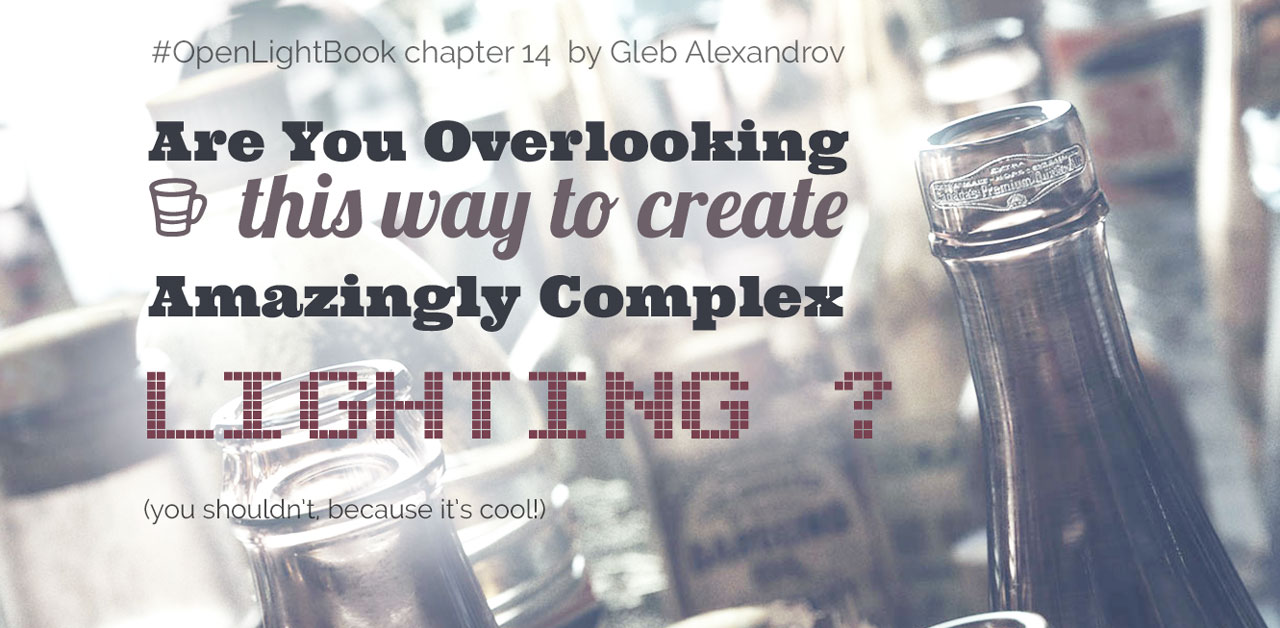
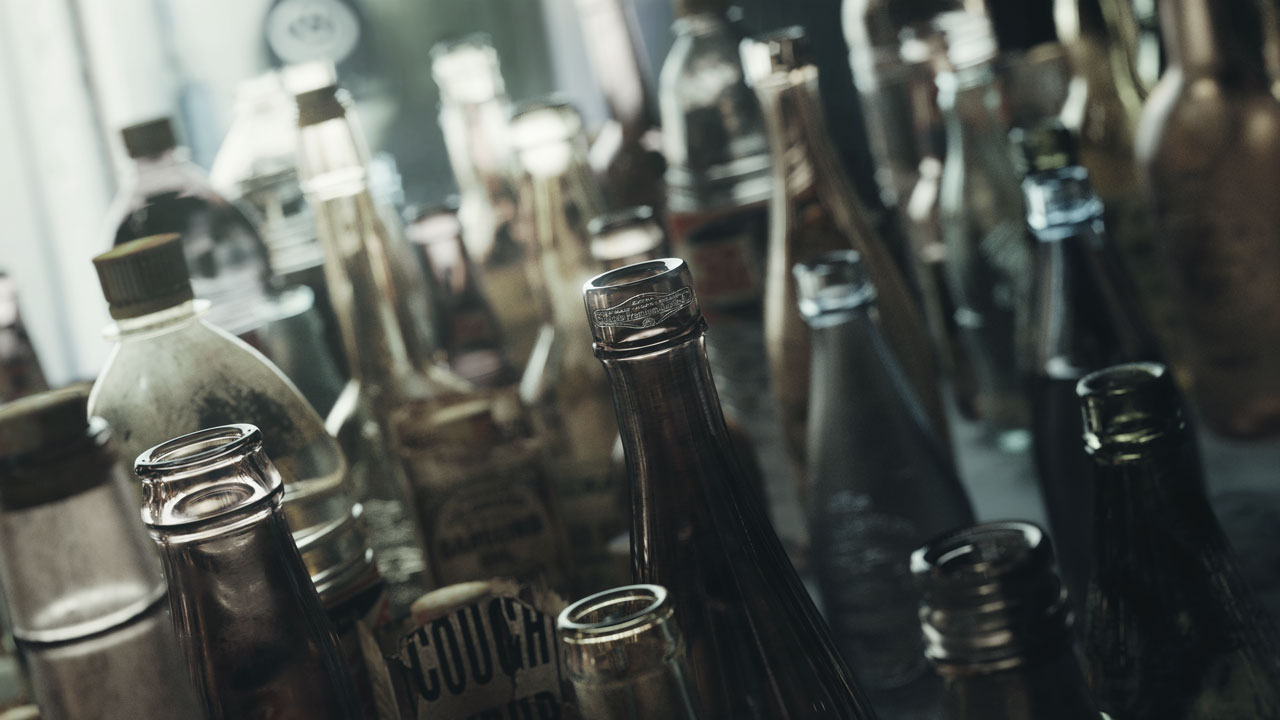
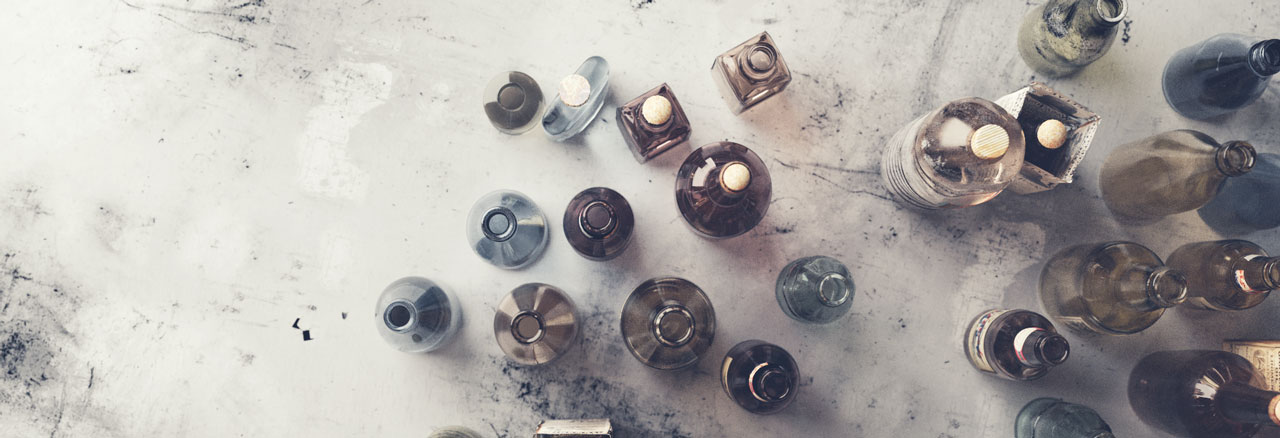
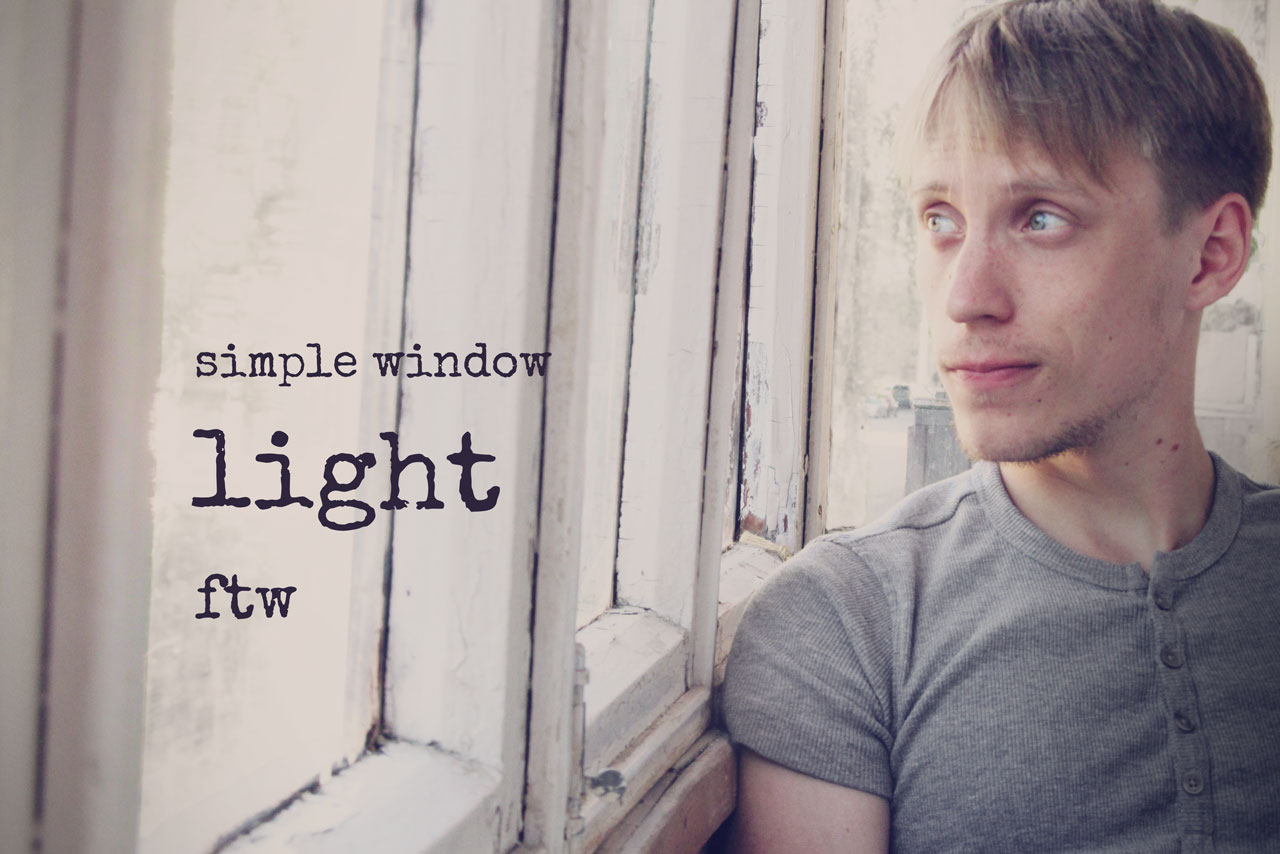
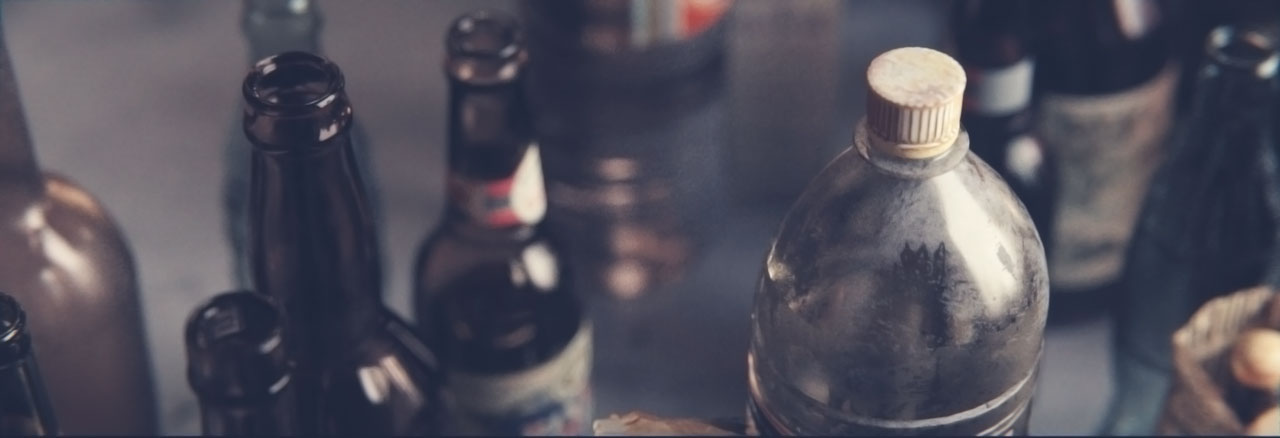
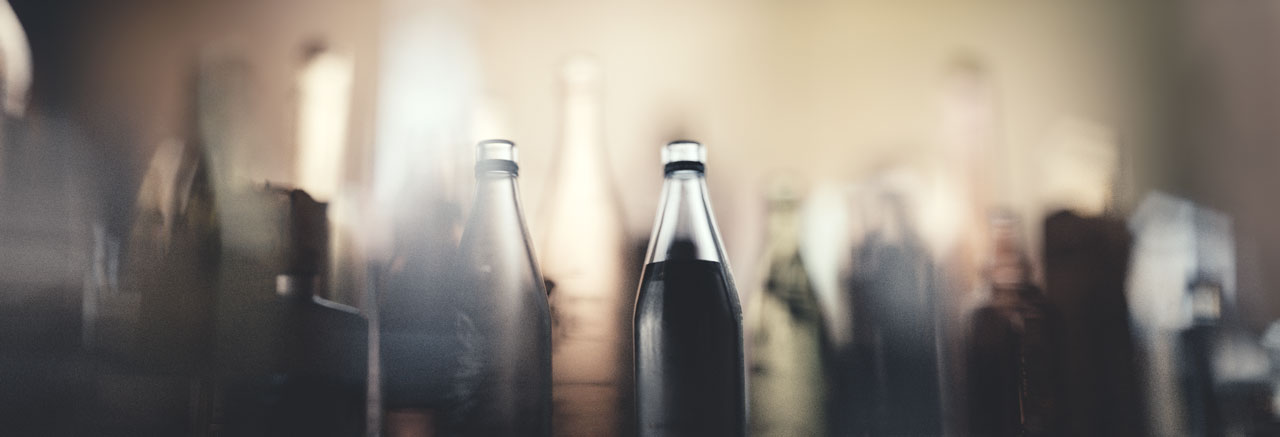
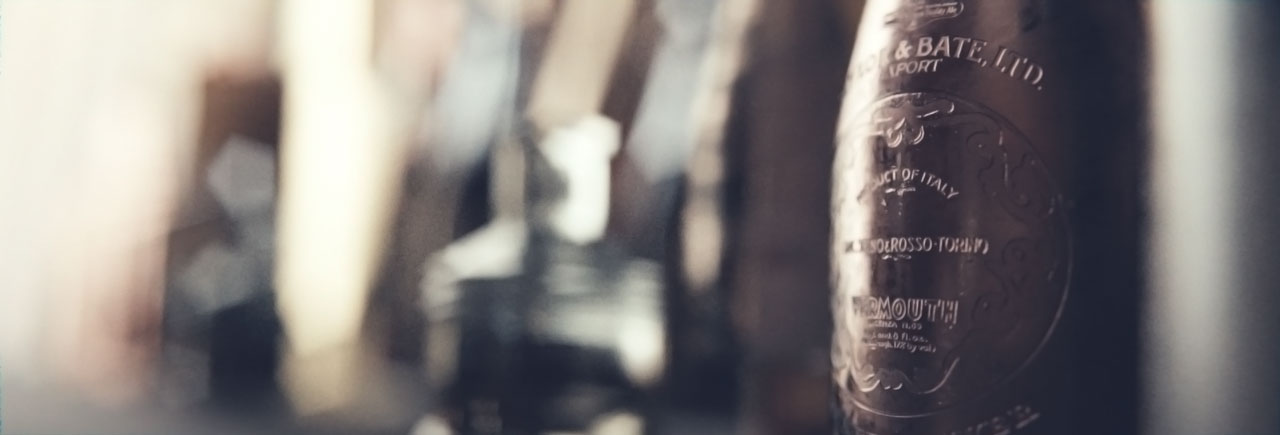

Ivaylo
🙂 Congratulation Gleb! Wonderful Tutorial again! 🙂
Hey Gleb how long did it take for the calculation time, for example about this quality HD size.
Thanks
Gleb Alexandrov
Ivaylo, this image took me about 5 hours to render in final quality (1600 samples). The biggest hit for performance is 12 transmission samples. Lots and lots of refraction in the glass material, in other words.
Ivaylo
Thanks Gleb, sorry for the delay. Probably I missed the notification of your response! Thanks
Niranjan Raghu
Hey Gleb,
I was doodling in Blender and created this just an hour before I read this tutorial. 🙂 Used two lights, obviously, but I didn’t want to change it after that, so I went hunting for a good angle, and I agree, it’s amazingly awesome when you can’t control the light and only have a camera!
Gleb Alexandrov
Yeah, absolutely! It feels like you’re holding a virtual camera and searching for the best angle. I see the analogy here of how photographers work with available environment and light. You can’t change anything, but you can change your position in relation to object. And of course, you can manipulate depth of field, hehe.
Shastro
I need to learn the fundamentals, particularly texturing those amazing bottles! Thanks for the awesome tip Gleb!
and as always your scene looks amazing!
Gleb Alexandrov
Thanks a lot, Shastro. Actually, texturing those bottles is pretty easy. In general, it’s simple glass material with a grunge texture in the roughness input 🙂
Nik Clark
Fantastic render and great article! Did you do much colour correction / post processing on the images? I always struggle with that last step.
Gleb Alexandrov
Thanks, Nik! Surprisingly, I almost left this scene as it is, with zero post-processing. Depth of field did its job pretty well.
karin svensson
Your party bottels picture inspired me and since i’m not a party girl my self, i made this instead. Call it
“Grandmother boiling currants juice” and Thanks for being such an inspiration, I like your tutorials.
Gleb Alexandrov
Heh, very cool! Thanks for sharing, Karin. Yeah, volume lights can be very hard to render without noise.
Charlie Ringström
I’ve started a scene slightly inspired by this one, and the desk lamp scene! I’ll post pictures here if you want to see the results! I’ll try to get a good dirt map for the glass.
Gleb Alexandrov
Charlie, of course I want to see the results!
kropaman2
Very good tut Gleb and cool bottles, thank you xD
Gleb Alexandrov
Cheers, mate! Glad you like it.
Uncle Snail
Very nice. Every one of your artworks is so professional. Even you pictures of the real world look great. (Love the accent even in your writing. I can imagine you saying it 🙂
Jon Bowden
love the image well done
D Brown
I love this series! I cannot wait for the complete book.
You mentioned on Facebook, “better yet BE a photographer”. I have the equipment, but not the knowledge (aside from HDRIs). Will you ever produce some photography tutorials, or do you have a favorite photography resource you’re willing to share with aspiring 3D artists wanting to learn photography?
George Sanders
Think I’m finally starting to understand why GA’s pics are so remarkable. Certainly a romantic approach as opposed to the realism pushed by A Price. A classic philosophical debate. Still not quite there cause I can’t seem to really let it all hang out, let go of the cliff’s edge and see what happens. Much appreciate these tutorials, lessons in Blender, art and approach to creativity.
Gleb Alexandrov
Thanks George, I appreciate it. Regarding philosophical debate, I think the coin can fall on its edge here. What I’m trying to do is to erase the border between everyday life and aesthetic experience. What we perceive as routine, can also appear to us as something different (and amazing). Martin Seel called this change of viewing mode ‘Appearing’.
Also, I try to go beyond the understanding of digital lighting as a part of a CG pipeline. And strangely, now I think that the best way to learn cg lighting is to forget about computer graphics at all.
p.s. Nice picture by the way, thanks for sharing!
George Sanders
Understood. Nice clarification–yes, it is about the experience and that can be an amazing reality.
Yulia Kalashnikova
I really want to ask this question, but I do not see a suitable post 🙂 I will still ask and hope that you might answer, Gleb.
What is the sexiest lighing for a robot, if I want to both showcase detail I’ve worked on, but tell a sad story as well? 🙂
Sandra Gunkel
thanks for the great tutorial! I still need to figure out how to get a less noisy render 😀 https://uploads.disquscdn.com/images/3ed93fb0814066f28afc1bfe9640fab8f6d0b8264270b0698cca303757aace31.jpg
Gleb Alexandrov
Sandra, that’s nice! Maybe just a little bit too bright for my taste, but well done nevertheless!
Robert Pindel
Hey Gleb! Thanks for great tutorials and tips! I made my version of bottles 🙂 What do you think? https://uploads.disquscdn.com/images/02ea731e6dfb1cbc2bb833d5833c93981bbcef48b0b2cd32ab0c27cff103e5f8.jpg
Gleb Alexandrov
wowow, great! Robert, I would suggest setting up the big area light to illuminate the bottles from the side (this position – side lighting – is crucial). Or rather to create a strong soft reflection. I made a quick test to illustrate what I mean: https://uploads.disquscdn.com/images/a634febd32fd266b7e667026f4e0ea77a39013eea02e282dd3577a9972346d93.png
Robert Pindel
Thanks for advice! 🙂 I made some improvements. Maybe it could look better, but.. I’m happy anyway. 😉 Thanks again. https://uploads.disquscdn.com/images/9c7d99547c68752a1afb9900d76b9b100d3b3427f33bb9934b4283627ef471e3.png